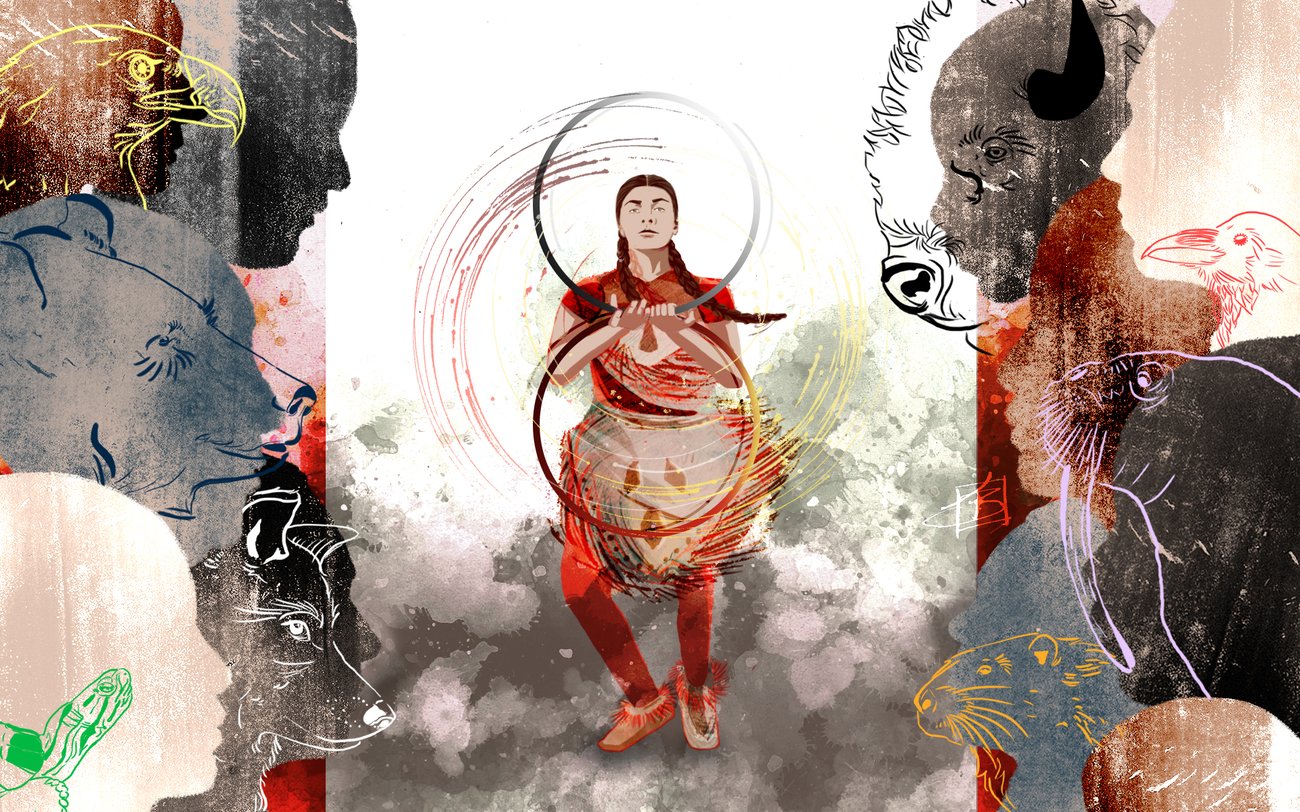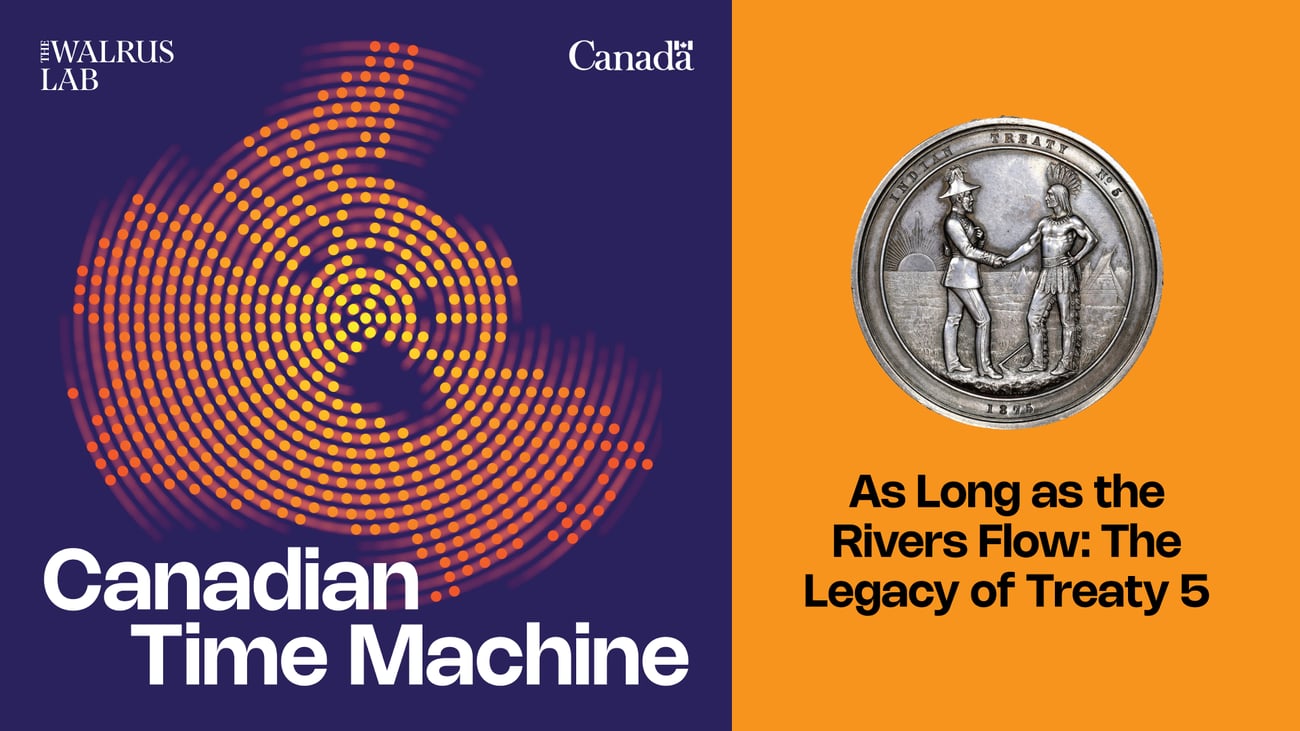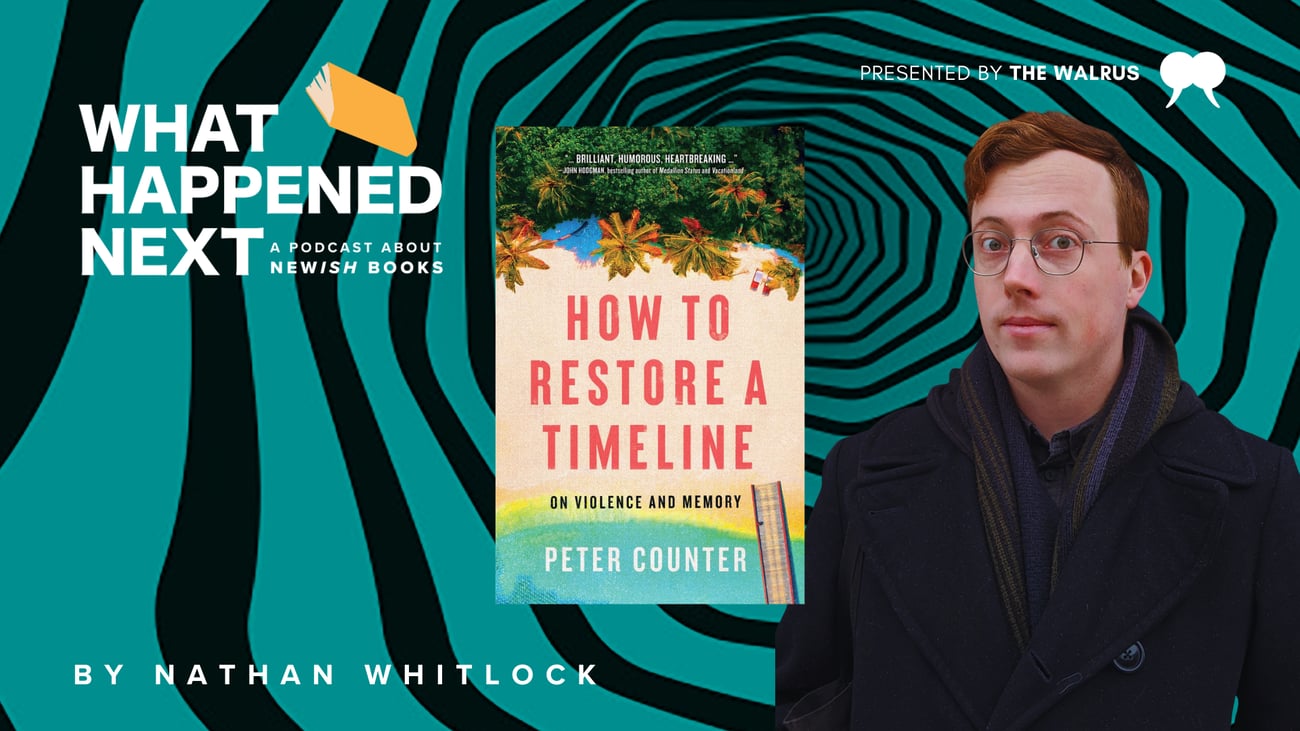|
|
|
|
Wednesday, October 1, 2025
|

|
|
|
|
|
|
September 30 was the National Day for Truth and Reconciliation, a recommendation made by the Truth and Reconciliation Commission. The Walrus recognizes the importance of reflecting on the legacy of residential schools and the experiences of Indigenous peoples and nations across Canada.
This year, seven writers contributed essays marking ten years since the release of the Truth and Reconciliation Commission’s Calls to Action. They explore the Canadian government’s broken promises, child welfare, economic development, and the Land Back movement.
These stories play a part in the ongoing journey toward justice for the victims and survivors of residential schools. We invite you to not just read these stories, and others by our contributors, but to carry their lessons forward, recognizing that truth and reconciliation require continuous commitment from all of us.
|
| Read or Listen to These Stories
|
|
|
|
|
|
|
|
|
|
|
|
|
|
|
Two of the first five major national projects recently advanced by the Mark Carney government for fast tracking involve copper mines, but Canada is a relative bit player in global copper production.
Which country dominates the market?
|
|
|
|
|
|
|
|
|
|
|
|
|
|
|
|
|
A MESSAGE FROM THE WALRUS LAB IN PARTNERSHIP WITH THE GOVERNMENT OF CANADA
|
|
|

|
|
|
Canadian Time Machine returns with an episode exploring the legacy of Treaty 5. “Treaty is powerful. It’s not just a document or an agreement of the past. It’s a living agreement,” says Cree lawyer and advocate Deanne Kasokeo.
Also called the Winnipeg Treaty, it shaped more First Nation communities than any other in Canada. Kasokeo reflects on her family’s history and her grandmother’s teachings, while Chief Maureen Brown of Opaskwayak Cree Nation shares how colonial policies continue to affect communities today and why she remains hopeful for the future.
|
| Listen Now
|
|
|
|
|

|
Check out the latest episode of What Happened Next
|
This week, host Nathan Whitlock is joined by Peter Counter. Peter is a culture critic who writes about video games, film, music, mental illness, horror, and technology. His most recent book is the memoir How to Restore a Timeline: On Violence and Memory, published by House of Anansi Press in 2023. Peter and Nathan talk about what it’s like to be a culture critic in 2025, about the various forms Peter’s memoir took over the decade or so he was writing it and trying to get it published, and about Nathan’s envy over Peter getting John Hodgman to blurb his book.
|
| Listen Now
|
|
|
|
|